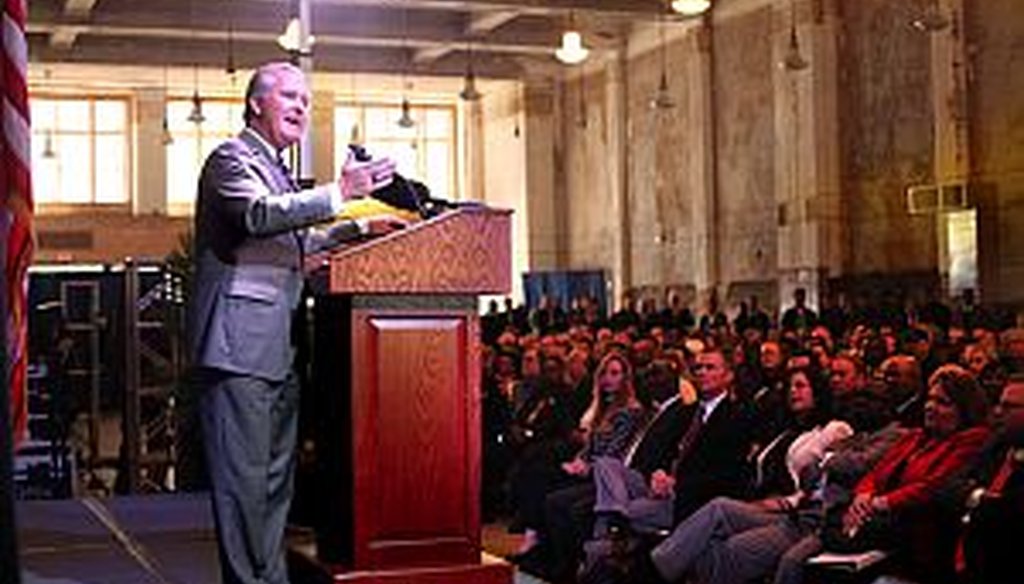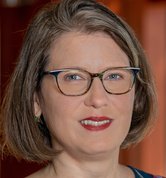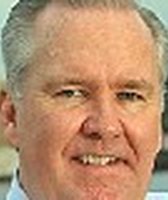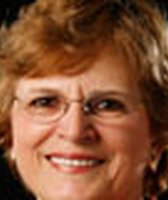Stand up for the facts!
Our only agenda is to publish the truth so you can be an informed participant in democracy.
We need your help.
I would like to contribute

Tampa Mayor Bob Buckhorn gives the State of the City address on March 26, 2013, inside the historic Kress building. (Times photo)
TAMPA — "You campaign in poetry. You govern in prose."
Mario Cuomo said it.
Bob Buckhorn is living it.
At the midpoint of his four-year term, Tampa’s mayor has kept 17 of his 34 campaign promises, according to the Buck-O-Meter, a project of PolitiFact Florida, the political fact-checking arm of the Tampa Bay Times.
This past year, those promises included finding money to finish the Riverwalk, writing a master plan for downtown development and balancing public order with protester rights at the Republican National Convention.
Often, however, Buckhorn has gone off the script he wrote for himself. City parks, technology initiatives, blighted neighborhoods — he has tackled them all, but not in the ways he promised.
The mayor’s main goals have remained constant: Creating a downtown with a neighborhood feel. Making the Hillsborough River the center of downtown activity. And most important, building a city that renews itself by winning the competition for the smartest and most creative young people in the country.
But how he’s trying to get there has led to some Compromise ratings on the Buck-O-Meter.
"We talk and do a lot of things that may not fit exactly what I said during the campaign, but I think the end result is pushing the ball forward," Buckhorn says.
Less often, he broke a promise.
That master list of potholes and clogged drainage ditches?
Didn’t happen.
Here, then, is a look at the good, the bad and the unfinished.
Promises Kept
During his second year in office, PolitiFact’s Buck-O-Meter concluded Buckhorn has delivered fully on five promises:
• To create an urban growth master plan for downtown and nearby neighborhoods. Buckhorn’s InVision Tampa plan calls for walkable neighborhoods that are less dominated by commuter traffic, and it includes a detailed strategy to achieve its goals.
• To conduct a city-wide lighting assessment. Buckhorn plans to add 8,400 new streetlights over the next five years.
• To create a plan to pay for and finish the Riverwalk. Last June, the city won a $10.9 million federal grant to build the Riverwalk’s last two sections.
• To campaign for bicycle safety. Buckhorn has participated in a police driver education campaign and chosen two companies to bring 300 rental bicycles to downtown, Ybor City and Bayshore Boulevard.
• To balance rights of protesters at the Republican National Convention and keep the city safe.
It wasn’t pretty. During the RNC, downtown was ringed with steel fences and patroled by thousands of police officers.
But police used a flexible approach that tolerated some disruption, including protesters sitting down in a major intersection and chaining themselves together at a power plant.
In the end, police made just two arrests. After one faceoff, an Occupy Wall Street protester thanked authorities for keeping "a level head."
Promise Broken
It was a pledge to empower residents and neighborhoods.
Candidate Buckhorn promised to establish "accountability standards" for each city department’s duties, from filling potholes to clearing drainage ditches.
The first step, he said in a written campaign platform, would be to complete a citywide assessment to identify neighborhood needs. That way, residents could hold the mayor and city employees accountable.
Buckhorn acknowledges this hasn’t happened, though "each department knows what their outstanding obligations are."
In a recent interview, he went on to say that, contrary to his campaign promise, the idea was "not as much for the neighborhoods as it is for us internally."
Buckhorn says he still would like to follow through on this promise, but "I’ve got to figure out how to do it."
Compromises
In some cases, Buckhorn’s efforts have been substantial, just not what he promised. Other times, he found he couldn’t follow through as he expected.
During the past year, the Buck-O-Meter concluded Buckhorn compromised on promises to:
• Appoint a chief technology officer to his senior staff. The city has several technology initiatives in the works, but it does not have the position Buckhorn promised.
• Encourage the development of urban neighborhoods by incorporating New Urbanism concepts in land development codes during his first year in office. This is getting done, but not in the first year.
• Strengthen the Public Nuisance Abatement Board. From bulldozing abandoned homes to overhauling code enforcement and the Clean City program, Buckhorn has focused attention on blighted neighborhoods. But he concedes he can’t give the board more power.
• Establish a "One-Stop Licensing Program" available in person and online. Buckhorn’s main efforts here have been in permitting, and they’ve been substantial, but they haven’t addressed business licensing, something his campaign promise mentioned prominently.
"I’ve done what I meant to do," he said. "The permitting process was the one that was broken."
Promises In the Works or Stalled
Buckhorn still has plenty on his to-do list.
In February, he announced plans to create a landlord training program and a "Neighborhood University" for up-and-coming civic leaders, but details have yet to be fleshed out.
Improving city parks is an area where he’s been active. This year, the city plans to hire an architectural or engineering firm to help create a master plan for a three-year, $10.5 million makeover of Julian B. Lane Riverfront Park.
The Buck-O-Meter gave Buckhorn an In the Works on parks, partly because PolitiFact’s editors want to see whether the city makes sure neighbors are involved in the plan.
Work on another promise — to create a housing program modeled on Tampa’s famed Challenge Fund — has stalled, according to the Buck-O-Meter.
During the late 1980s and early 1990s, when Buckhorn served as Mayor Sandy Freedman’s special assistant, the Mayor’s Challenge Fund program helped thousands of Tampa residents buy and improve homes. The program used public money to guarantee bank loans for buyers who otherwise could not have afforded conventional loans.
But the Challenge Fund needed the right leadership at City Hall, money and an organized network of partnerships with banks, nonprofit organizations and government agencies — none of which are in place.
Buckhorn is currently looking for a housing director but concedes the city tends to work with housing partners "in sporadic and scattershot ways."
Making things harder, the housing crash created a glut of homes in foreclosure or other forms of mortgage distress.
But the city should do better, Buckhorn says.
"Candidly, part of it’s been that I’ve had so much else on my agenda that I just haven’t been able to get to it," he says. "We’re doing good stuff out there, but it’s not comprehensive, it’s not organized, it’s fractured. It’s just not up to what I expect."
Our Sources
See individual promise updates for complete sources.


























